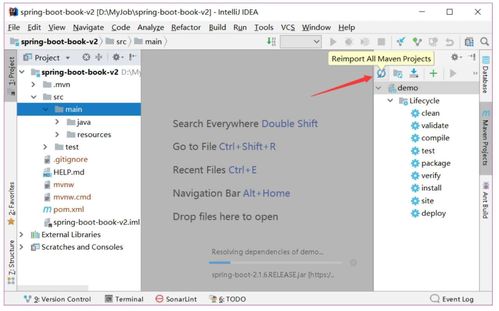Introduction:
Surface fishing for common carp can be a highly rewarding and enjoyable experience. These resilient fish are known for their voracious appetites and can be found in a variety of water bodies. Whether you're a seasoned angler or a beginner, mastering the art of catching common carp can elevate your fishing skills. In this article, we will delve into the essential techniques for successful surface fishing, focusing on how to effectively catch鲫鱼.
Understanding Common Carp:
Before we dive into the techniques, it's important to understand the habits and preferences of common carp. These fish are bottom feeders by nature, but they can also be found feeding at the surface, especially during certain times of the day. Common carp are known for their ability to detect vibrations and disturbances in the water, so it's crucial to approach your fishing strategy with this in mind.
Choosing the Right Equipment:
Rod and Reel: A medium-heavy action rod with a fast taper is ideal for surface fishing. The reel should be capable of handling a braided line for increased sensitivity and strength.
Line: Use a monofilament line with a breaking strength of 10-15 pounds. Braided line can also be used, but it's important to match the line color to the water conditions to avoid spooking the fish.
Hook: A size 6-10 hook is suitable for most common carp. The hook should be sharp and well-secured to the line.
Bait: Live bait, such as worms, leeches, or maggots, is often the most effective. Artificial lures can also be used, especially during the warmer months.
Techniques for Successful Surface Fishing:
Location: Identify areas where carp are known to congregate. This could be near weed beds, around fallen trees, or in shallow areas with a slow current.
Timing: Carp are most active during dawn and dusk. However, they can also be caught during the day, especially on overcast days or when the water temperature is stable.

Approach: Approach the water slowly and quietly. Make sure to minimize any noise or disturbances that could spook the fish.
Presenting the Bait:
- Worming: If using worms, thread them onto the hook and present them in a natural, wriggling motion. Let the bait sink slightly before retrieving it.
- Leeches and Maggots: These can be fished in a similar manner, with the addition of a split shot to keep them on the bottom.
- Artificial Lures: Cast out your lure and retrieve it in a slow, erratic motion. Mimic the natural movements of prey to attract the carp.
Setting the Hook:
- When a carp takes the bait, set the hook quickly but gently. Avoid jerking the rod too hard, as this can cause the fish to spit out the bait.
- Use a "strike indicator" if you're using a braided line, as it can be difficult to detect the subtle bite of a carp.
Landing the Fish:
- Once you've hooked a carp, play it carefully. These fish can be quite strong and can easily break off if not handled properly.
- Use a net to help land the fish gently and avoid causing any harm.
Conclusion:
Catching common carp through surface fishing requires patience, practice, and a good understanding of the fish's habits. By following these essential techniques, you'll be well on your way to becoming a successful surface fisherman. Remember to always respect the environment and the fish you're catching, and enjoy the beauty and tranquility of the water. Happy fishing!












